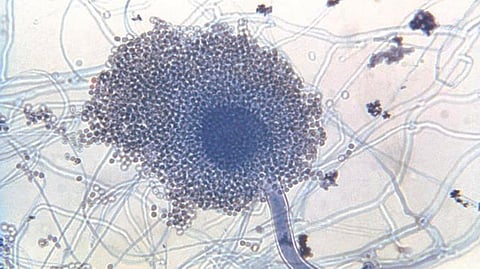The host has a defense mechanism that consists of both innate and adaptive immune systems. Here we are going to be focusing on the innate immune system and its implications on the human body.
Innate immunity can be defined as nonspecific immunity consisting of the pre-existing defense mechanism of the body which includes the skin, mucosa as the natural barrier against pathogens, also the bodily secretions of sebum and sweat
Some of the important characteristics of the innate immune system are:
1. Innate immunity is the first line of defense of the human body.
2. It is the fast-acting immune system. It acts from the first minutes to hours of infection.
3. It comprises physical barriers like the skin and membranal (epithelial and mucosal) surfaces.
4. The mucous itself is considered to be a natural barrier against air pollutants and air-borne pathogens.
5. Enzymes comprise a great deal of the innate immune system. Tears, saliva which contains lysozymes, and amylases can build up defenses against pathogens.
6. Cells like phagocytes are the main characters that form this first wall of defense against pathogenic bacteria or viruses. Some of these cells are neutrophils, monocytes, macrophages, and so on.
7. Another important characteristic of innate immunity is inflammation-causing serum proteins. Examples of inflammation-related proteins are the Complement system and C-reactive proteins.


